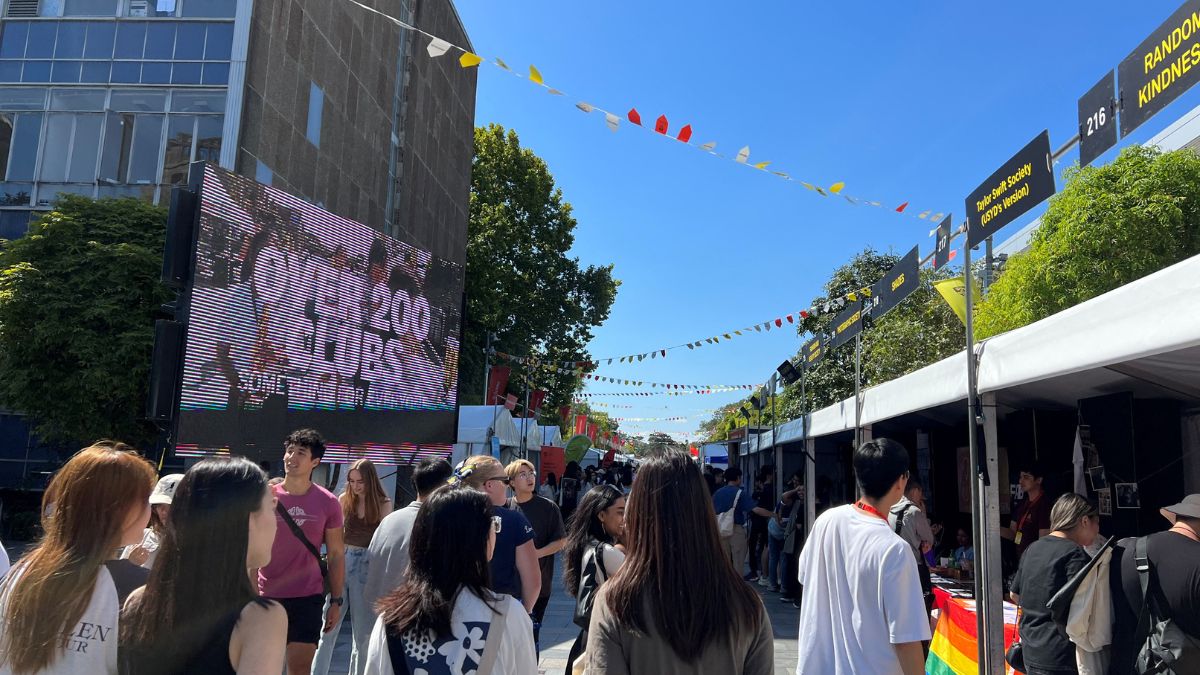Australia wants more international students, a year after limiting enrolment. Prime Minister Anthony Albanese’s government on Monday (August 4) announced that it will increase its cap on foreign students by nine per cent to 295,000 next year.
The move is set to benefit students from Southeast Asia, who will reportedly be given preference. This comes after Australia slashed enrolments in 2024 due to record migration.
Then why is Australia increasing the cap on foreign students now? We will explain.
Australia to raise foreign student cap
Australia is lifting its cap on foreign students from next year to 295,000, a jump from the current 270,000.
An addition of 25,000 placements will be offered for universities in 2026, with applicants from Southeast Asia being prioritised, reported Reuters.
Around two-thirds of places will be up for grabs in universities and one-third in the vocational skills training sector.
Universities can apply to have their allotments increased if they can show that domestic and international students have “access to safe and secure housing” and enrol more students from Southeast Asia to raise their individual allocations, as per the news.com.au report.
This comes amid the Australian government’s efforts to boost relations with Southeast Asia — its strategic partner — and reduce the country’s economic dependence on China.
It was important “for Australia’s future soft power that we continue to bring the best and brightest from our (Southeast Asian) neighbours to have a bit of Australia with them for the rest of their life,” Australian International Education Assistant Minister Julian Hill told national broadcaster ABC.
The cap does not apply to international students who shift from secondary schools in Australia to publicly funded universities or TAFE (technical and further education).
Why Australia curbed foreign student enrolment in 2024
In 2024, the Labor government introduced caps on foreign student numbers to 270,000. To curb migration, Australia also more than doubled the visa fee for international students to A$2,000 (approximately Rs 1.14 lakh) and slowed visa processing.
This came as some claimed that record levels of migration led to a surge in housing prices. Ahead of this year’s May elections, the Albanese government aimed to improve housing affordability and ease the cost-of-living crisis.
“What this means is next year there will be about the same number of international students starting a course here as there were before the pandemic,” Education Minister Jason Clare had said last August. “There’ll be more in our universities and there’ll be fewer in our private vocational providers.”
Australia had granted roughly 600,000 student visas in the 2023 financial year, as overseas students flooded the country after the pandemic.
The country received more than 257,000 student visa applications in 2024-25, with just over 234,000 granted, news.com.au reported, citing Department of Home Affairs data.
What’s behind the change now?
Education is Australia’s fourth biggest export, with the country seeing one of the highest numbers of international students globally.
Foreign students boost Australia’s economy. They shell out nearly twice as much as Australian students on average, propping up some institutions and domestic study fees, as per BBC.
Australia’s international education sector is worth A$50 billion to the economy each year and provides a quarter of a million jobs. It contributed over A$51 billion to the economy in 2024.
Last year, Australia’s top eight universities had criticised the government’s proposed caps on foreign enrolments, saying they are “reliant” on international student fees. For example, foreign students make up over 40 per cent of the revenue of the University of Sydney.
Australia’s largest source of international students is China and India .
Now, Australia is back to accepting more international students. Education Minister Clare acknowledged that the international education sector is an “incredibly important export” to Australia, but added that its growth has to be managed to ensure its sustainability.
“International education doesn’t just make us money, it makes us friends. This is about making sure international education grows in a way that supports students, universities and the national interest.
“The new planning level gives the sector certainty to continue delivering a high-quality educational experience to international students, while addressing national priorities,” he said.
The government’s crackdown on migration was “bearing fruit”, allowing for a modest increase in the cap in 2026, International Education Assistant Minister Hill said.
“The numbers were growing out of control. The government has taken tough decisions over the last 12 months, not always loved by the sector, to get the numbers down and get them to a more sustainable footing,” he told ABC.
Universities Australia hailed the “sensible” hike in places. “Universities have called for growth in this critically important sector, and the government has honoured this,” CEO Luke Sheehy was quoted as saying by Reuters.
With inputs from agencies


)

)
)
)
)
)
)
)
)



